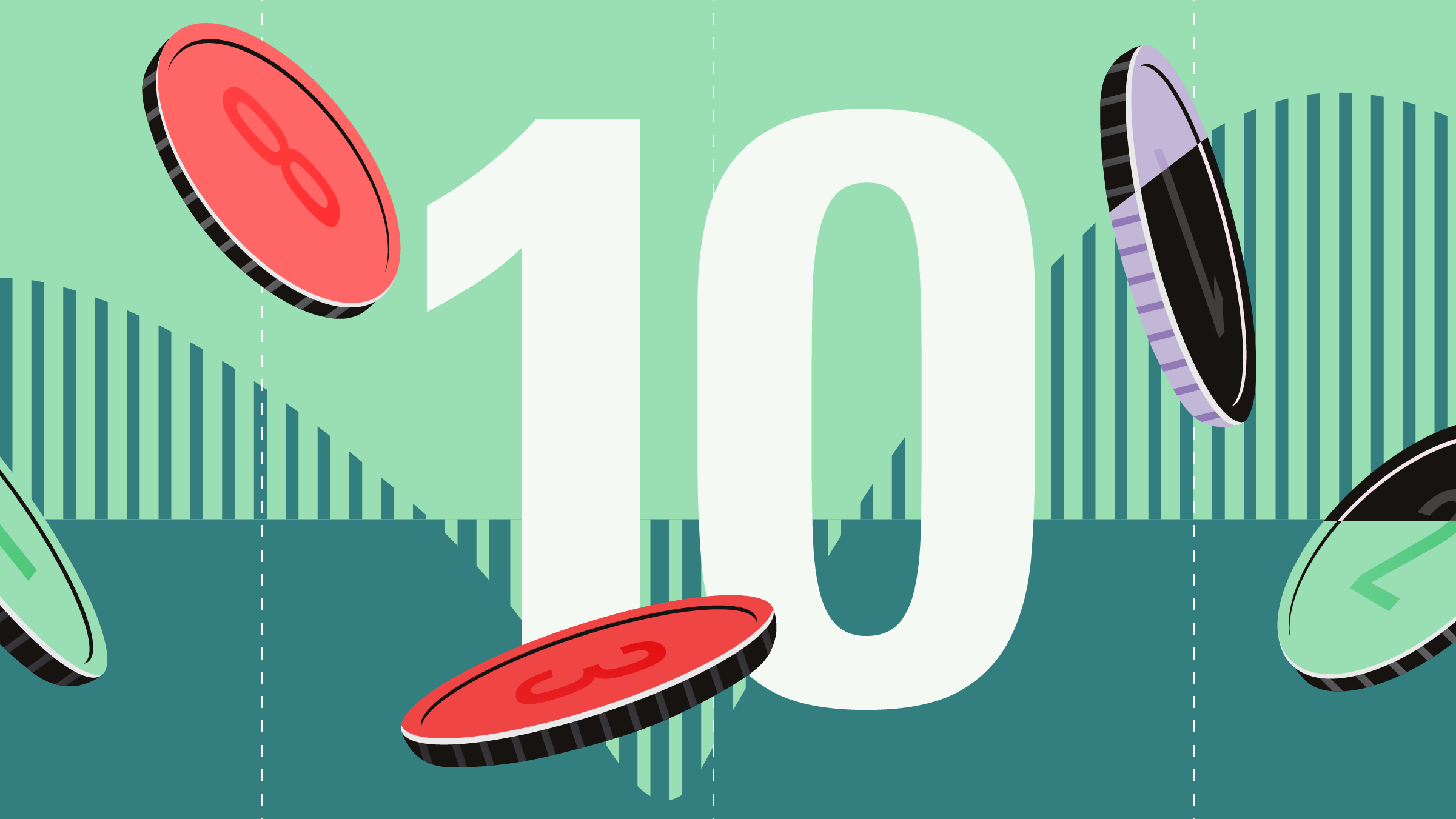The Semiconductor Industry Association (SIA) recently released global chip sales numbers for the month of August. Worldwide semiconductor sales came in at $19.1 billion (SIA monthly sales are based on a three-month moving average), an increase of 5% from July, but down 16.1% from a year ago. The month-to-month growth came in as we expected, given the more optimistic outlooks announced by some key chipmakers in recent weeks. While we believe that the improved revenue and outlook can be partially attributed to continued chip inventory replenishment across the various electronics supply chains, there appear to be some chip segments that are stronger than others.
PC-related chip demand remains strong, as highlighted by the raised third-quarter outlook from Intel, which increased its third-quarter revenue forecast to $8.8 billion-$9.2 billion from $8.1 billion-$8.9 billion. As we've mentioned in the past, PC makers have been building up inventory in anticipation of strong end-of-year demand and the launch of Windows 7. We believe that inventory builds for notebooks and netbooks have been particularly strong, and other chipmakers that likely benefited from this trend in the third quarter include Intersil, Integrated Device Technology, and Maxim Integrated Products. However, there is risk of an overbuild in the PC supply chain in the next two quarters if end-market demand does not meet expectations.
We think that demand for industrial-related chips have been improving significantly recently. The industrial semiconductor market had been particularly weak but is finally experiencing the rebound seen by other chip segments, such as wireless and PCs. This appears to be supported by Texas Instruments, which raised its third-quarter sales outlook to $2.73 billion-$2.87 billion from $2.50 billion-$2.80 billion. TI's management cited strength in Europe and the industrial segment among the factors for the improvement. Microchip saw a broad-based pickup when it projected fiscal second-quarter sales growth of 12%-14% sequentially from its previous forecast of 7%-11%. The company noted robustness in Europe, which has a heavy presence of industrial conglomerates and is a major consumer of industrial-related semiconductors. Some firms that have high exposure to the industrial chip segment are STMicroelectronics, Maxim, and Infineon.
One of the few areas that have held up relatively well during the cyclical downturn has been the wireless infrastructure chip segment. Although some weakness was expected in the third quarter, Altera, which raised its third-quarter revenue outlook to flat to positive 3% from negative 1%-5%, noted that demand has not been as slow as previously expected. Other firms with exposure to wireless infrastructure likely benefited as well, including Analog Devices and Xilinx. Xilinx has raised its fiscal second-quarter revenue outlook to growth of 10% from 2%-6% previously.
























